The Critical Role of Acoustics and modular systems in
Healthcare & Wellness Spaces
Enhancing Healing Through Design…
When we think of healthcare environments—hospitals, clinics, therapy centers—our minds often go to sterile surfaces, advanced medical equipment, and highly trained personnel. But there’s another vital aspect that directly impacts patient’s wellbeing, recovery, staff efficiency, and even the work environment for the healthcare professional: “Acoustics”
In spaces dedicated to healing, sound matters. Noise levels can elevate stress, disturb sleep, and negatively affect patient outcomes. Thoughtfully designed acoustic environments foster tranquility, privacy, and focus—critical for both patients and healthcare professionals.
Why Acoustics Matter in Healthcare:
Traditional Hospitals are unfortunately noisy!. According to WHO guidelines, average daytime sound levels in hospitals should not exceed 35 dB, and nighttime levels should stay below 30 dB. However, real-world measurements often show average hospital noise levels well above 45–50 dB, with sometimes peaks over 80 dB! That is almost like standing near a Highway.
Poor acoustic environments in hospitals are associated with:
- Disrupted patient sleep – Sleep is a key component of healing, but alarms, staff conversations, and equipment noise make uninterrupted rest difficult.
- Increased patient stress – High noise levels can increase heart rate and blood pressure.
- Impaired communication – Critical in operating rooms and ICUs, unclear communication due to poor sound insulation can lead to errors.
- Reduced staff performance – Noise-induced fatigue and cognitive overload reduce efficiency and increase burnout risk.
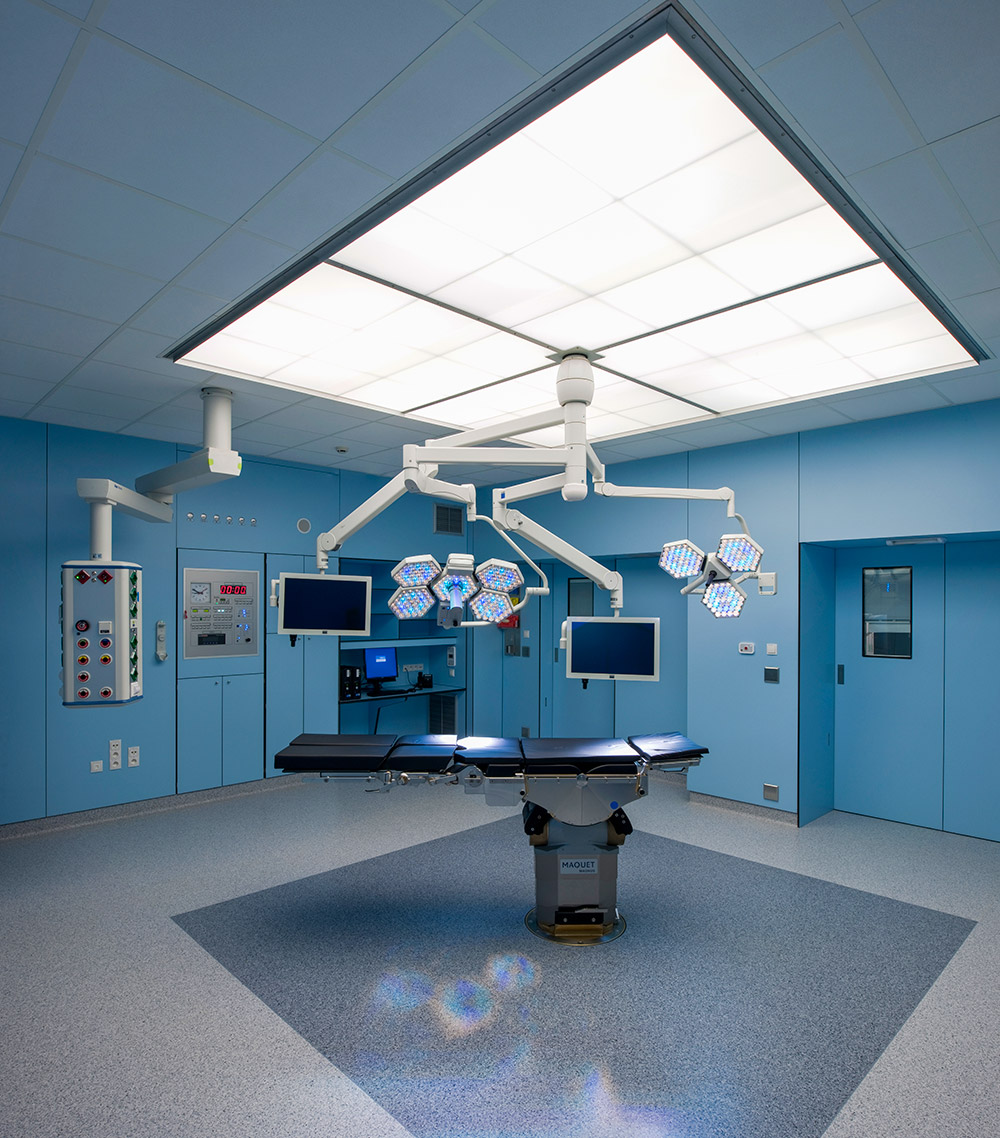
Acoustics as a Design Element for Healing
Modern healthcare architecture increasingly treats acoustics not as an afterthought but as a core design consideration. Through a combination of building materials, spatial layout, and acoustic treatments, designers can control sound transmission, reduce noise, and create restorative spaces.
How Maars can contribute:
Modular walls are gaining popularity in healthcare construction for their flexibility, speed of installation, accessibility and cleanability. From an acoustic standpoint, they offer major advantages:
- Superior sound insulation: High-performance modular walls and doors can achieve STC ratings of 45–55+, effectively reducing sound transfer between patient rooms, consultation areas, and corridors.
- Customizable cores: Additional to their high acoustic performances, these wall systems often allow for integration of special materials in their core structure to provide special healthcare walls such as X-ray shielding, Anti-Magnetic, Anti-Static ,Anti-Bacterial and Anti-Fungal walls tailored to specific healthcare room requirements.
- Reconfigurable design: Hospitals evolve. Modular walls support layout changes with minimal disruption—crucial for expanding ICUs or re-zoning for infection control—while maintaining acoustic integrity.
- Healthcare PODS / Stand Alone Rooms.
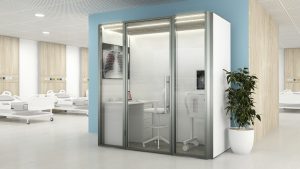
- Temporary Isolation / Treatment rooms – A modular wall with integrated acoustic insulation can be used to create a temporary isolation / treatment room that ensures privacy and controls noise, all without permanent construction.
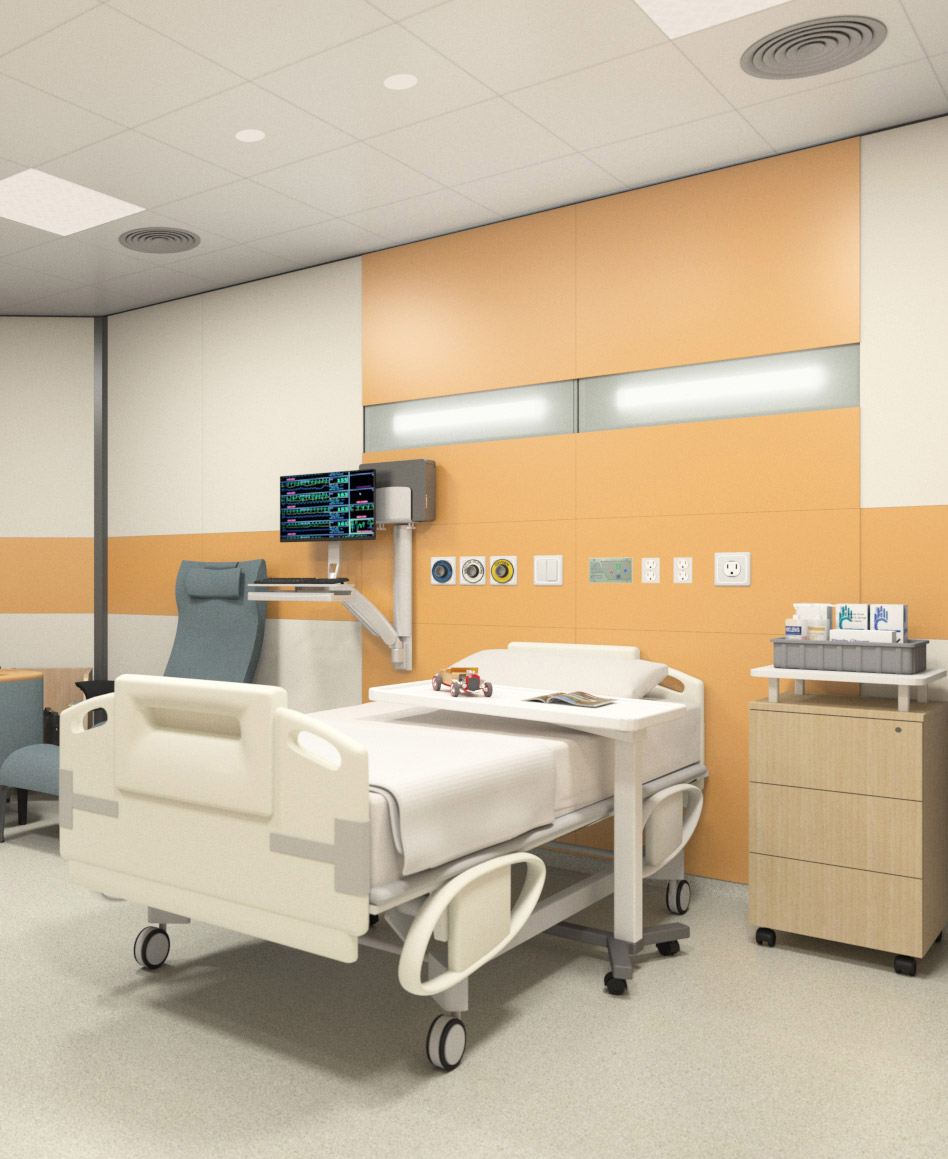
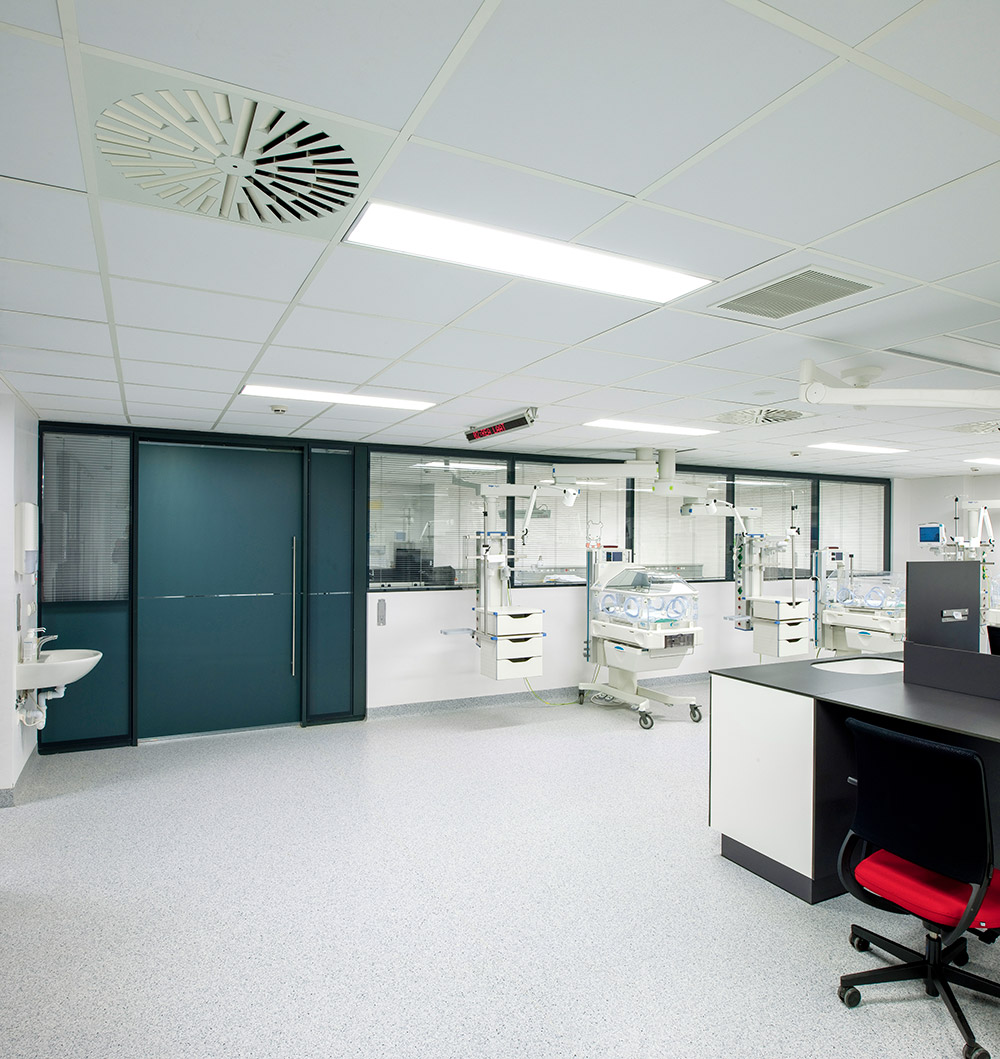
Maars Acoustic Doors
Doors are one of the weakest links in any acoustic design. Standard hospital doors, especially sliding or lightweight types, often allow sound leakage. Maars can provide solid and glazed acoustic doors designed with specialized cores and seals which can significantly improve privacy and reduce noise transfer. Maars can also supply hermetic closure doors for highly sensitive areas such as operation theatres and ICU’s.
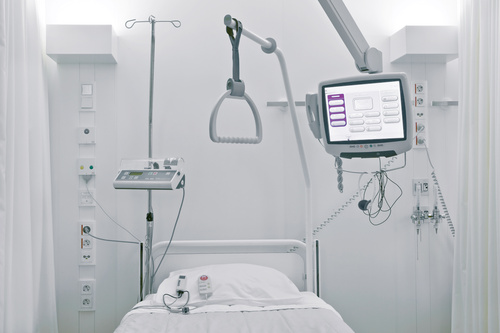
Maars Headwall solutions
Patient room / Treatment room headwalls are critical wall elements which provides accessible outlets for Medical gases, Electricity, Integrated Lighting and mounting for Special medical equipment. Mounted above the hospital bed, these modular panels allows easy maintenance and service. Maars headwalls based on the String2 system can be mounted horizontally and vertically providing good design flexibility for the Architect.
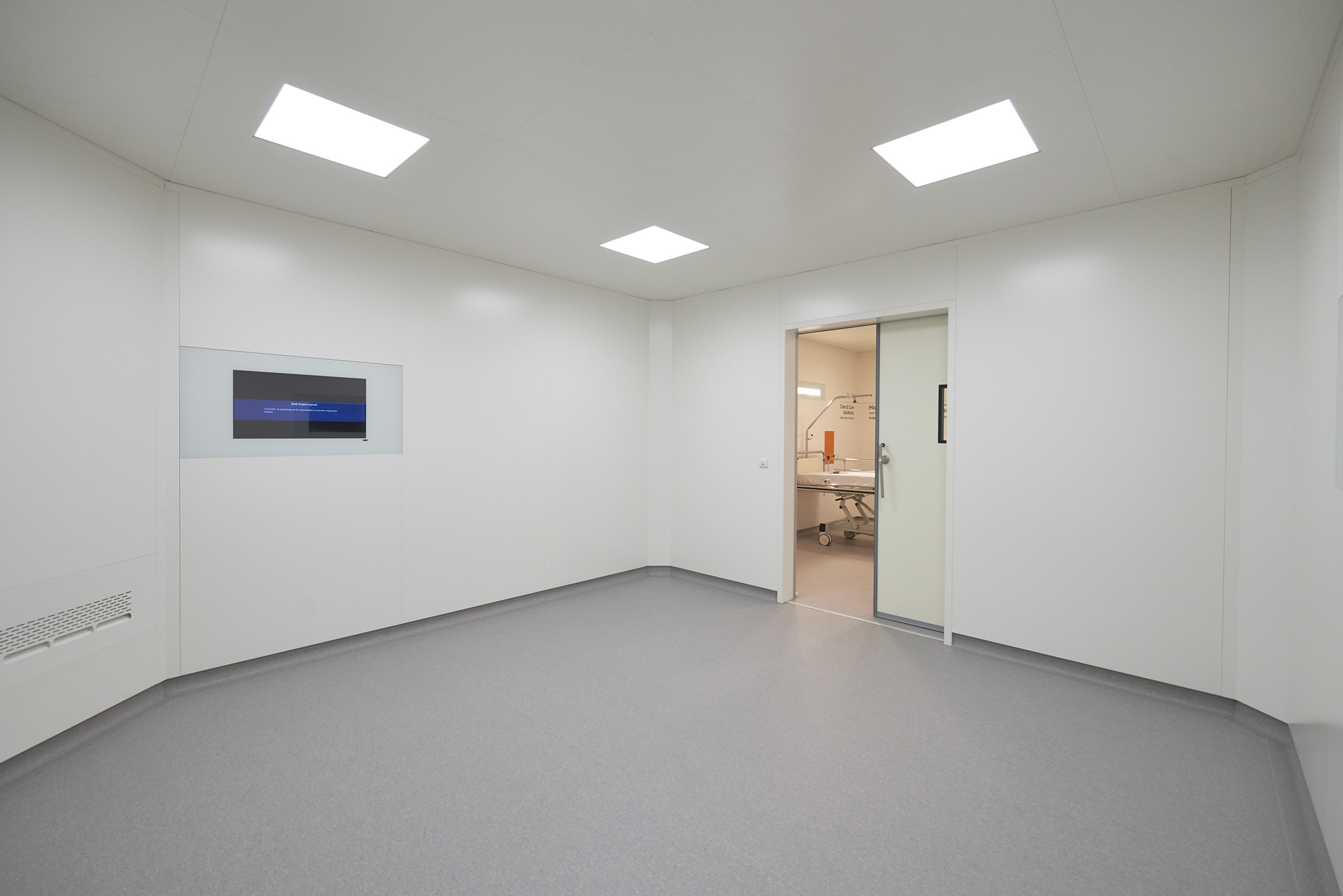
Acoustic Claddings & Panels
To control reverberation and echo within rooms, especially large or open-plan healthcare spaces, acoustic wall and ceiling panels are essential. Absorption-focused materials like maars perforated metal panels, Hygienic and anti-microbial fabric cladded panels etc. ensure they meet infection control standards. In designing the future of healthcare, acoustics must be seen as critical design consideration By integrating modular wall systems, acoustic doors, and high-performance claddings into the core of healthcare design, we don’t just create quieter buildings—we build environments that actively support recovery, respect privacy, and enhance the well-being of everyone inside.
Onze klanten
Sign up for the Maars Newsletter
Want to stay informed of all developments? Sign up for the Maars email newsletters.





